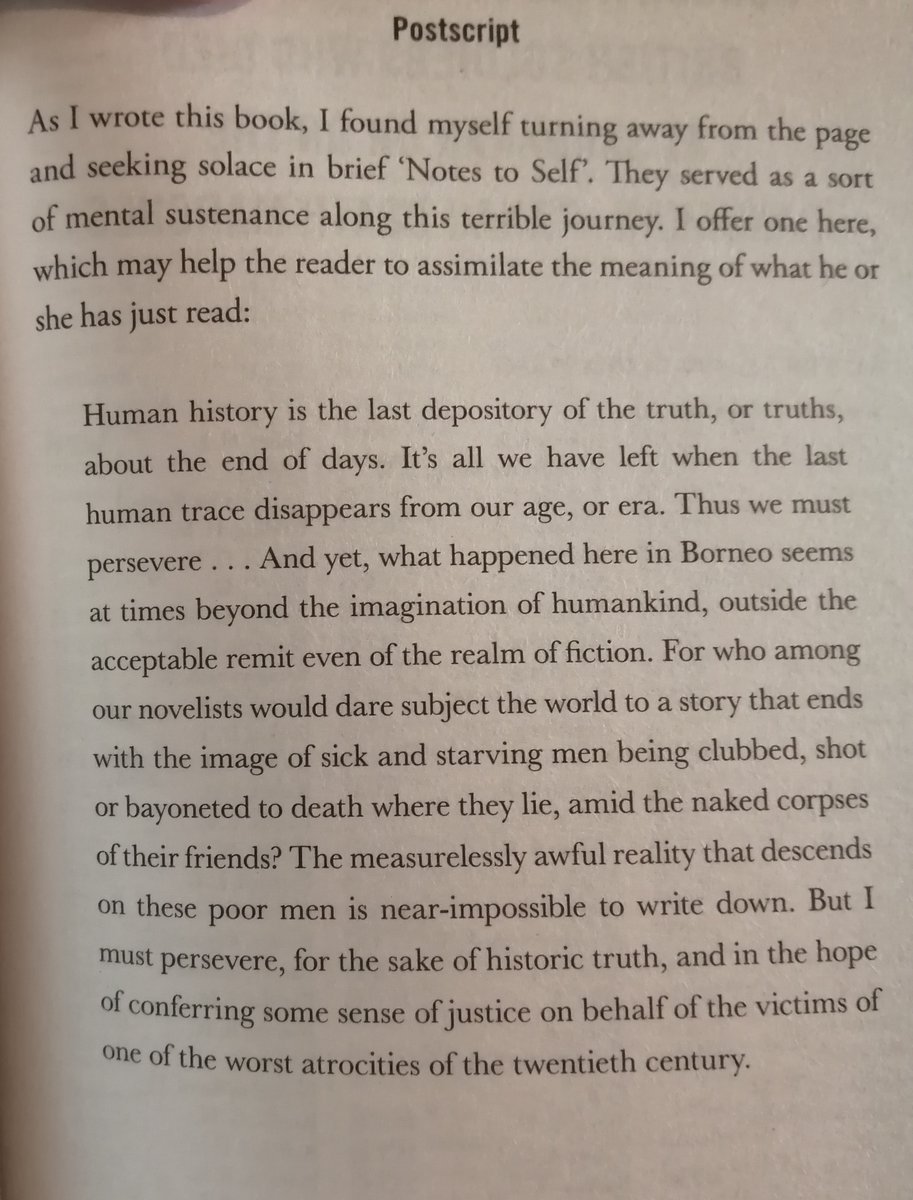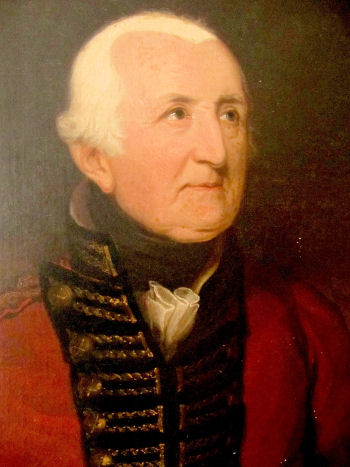
Good evening.
I’m back with another #BookReview, although this one will feel a little different to others I have written previously.
This evening I am posting a review of Paul Ham’s “Sandakan: The Untold Story of the Sandakan Death Marches”
1/
I’m back with another #BookReview, although this one will feel a little different to others I have written previously.
This evening I am posting a review of Paul Ham’s “Sandakan: The Untold Story of the Sandakan Death Marches”
1/

2/ Having read a number of books covering Japanese War Crimes in the Second World War, I felt well prepared to return to the subject after many years absence. In one sense I felt that I was inoculated against the horror and that there was little left to shock me.
I was wrong.
I was wrong.
3/ The subject matter of Sandakan makes for grim reading. Unsurprisingly I will not be including the usual range of photos that I would usually include in a book review, save for the book’s cover and a map to highlight the area being discussed.
4/ Sandakan, located within the modern state of Malaysia (previously part of the British Protectorate of British North Borneo), was home to a POW Camp that, at its height, held over 2500 Australian and British Prisoners of War.
(Map courtesy of worldwariipodcast.net)
(Map courtesy of worldwariipodcast.net)
5/ Of 2508 prisoners, Ham indicates that there were only six survivors (although this figure does not include a number of men, primarily officers, transferred from the camp to other sites). This is an overall casualty rate of 99.8%, making Sandakan the deadliest POW Camp in…
6/…Europe or Asia.
Ham’s book tells the story of the prisoners experience, from their capture (primarily at Singapore), the initial experience of captivity in Malaya, their journey aboard the notorious ‘hell ships’ to Borneo, life (and the all to present spectre of death)…
Ham’s book tells the story of the prisoners experience, from their capture (primarily at Singapore), the initial experience of captivity in Malaya, their journey aboard the notorious ‘hell ships’ to Borneo, life (and the all to present spectre of death)…
7/…in the camps, the two ‘death marches’ inflicted upon the prisoners as the Allied forces closed in on Borneo, and the resulting massacre of the few survivors.
The closing chapters of ‘Sandakan’ assesses the aftermath; the recovery of the dead, War Crimes investigations…
The closing chapters of ‘Sandakan’ assesses the aftermath; the recovery of the dead, War Crimes investigations…
8/…and the long, painful, delay families experienced trying to get to ‘the truth’ of what happened to their loved ones.
One of the immediate thoughts that struck me was the limited range of personal accounts present within the narrative, followed by the dreadful realisation…
One of the immediate thoughts that struck me was the limited range of personal accounts present within the narrative, followed by the dreadful realisation…
9/…of why this was the case – almost all the witnesses were dead.
As Ham states in his own words, there are, “A few scraps - a notebook here, a logbook there”, but for the most part the testimony relies on the pitifully few survivors; those transferred to other prisons and…
As Ham states in his own words, there are, “A few scraps - a notebook here, a logbook there”, but for the most part the testimony relies on the pitifully few survivors; those transferred to other prisons and…
10/…those who miraculously escaped the death marches.
Readers who have read books on massacres perpetrated by Japanese forces – Nanking, Manila etc. – will be familiar with the bestiality and horror inflicted on civilians and military personnel.
Readers who have read books on massacres perpetrated by Japanese forces – Nanking, Manila etc. – will be familiar with the bestiality and horror inflicted on civilians and military personnel.
11/ The cruelties experienced by prisoners reflects this experience – torture, unspeakably cruel punishments and executions – coupled with a deliberate policy of slow starvation, a refusal to distribute medical supplies and the withdrawal of medical care.
12/ The marches themselves are the very picture of hell. Those who are unable to keep up are murdered on route by a group of soldiers held back at the tail end of the column for that very purpose. The survivors were later executed in the days following the Japanese surrender.
13/ There are few heroes in Ham’s narrative. The handful of witnesses attribute their survival not only to luck but to a willingness to endure and survive – kindness and selflessness are an almost certain death sentence.
14/ But heroes can be found; Captain Lionel Matthews, one of the originators of the Borneo resistance, tortured and executed without breaking; the doctors and chaplains who remain with their charges and die alongside them; and men like Jock McLaren & Rex Blow who escape…
14/…captivity to lead the guerrilla movement against the Japanese.
But Ham’s book is also the story of the civilians – British, Australian, Chinese, Indian, Malay and Eurasian – who actively resist Japanese occupation and provide aid and assistance to prisoners and escapees.
But Ham’s book is also the story of the civilians – British, Australian, Chinese, Indian, Malay and Eurasian – who actively resist Japanese occupation and provide aid and assistance to prisoners and escapees.
15/ “Sandakan” is a difficult, traumatic, read. The pure banality of evil is reflected in every page. In the words of former Australian PM Paul Keating, “Sandakan should be remembered because it was more than a battle between nations and…
16/…conflicting ideologies; it was a war between human decency and human depravity”.
In this regard, Paul Ham navigates his subject matter with a relentless determination and a sensitivity which is admirable. Never shying away from the cruelty and depravity, Ham treats each…
In this regard, Paul Ham navigates his subject matter with a relentless determination and a sensitivity which is admirable. Never shying away from the cruelty and depravity, Ham treats each…
17/…crime and death with respect and dignity as he seeks truth and meaning amongst the horror. His postscript, included below, is perhaps the most moving prose I have read within a historical work, and offers an indication of the emotional toll of writing this book. 

Fini/ “Sandakan” is not an easy ready but it is, I feel, an important one. I can only hope my review does Paul Ham, and “Sandakan”, due justice.
@Books2Cover @BenJSkipper
@Books2Cover @BenJSkipper
• • •
Missing some Tweet in this thread? You can try to
force a refresh











